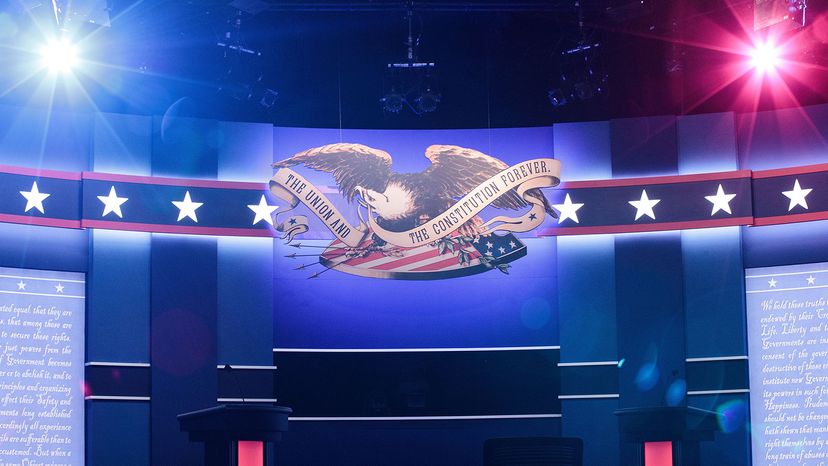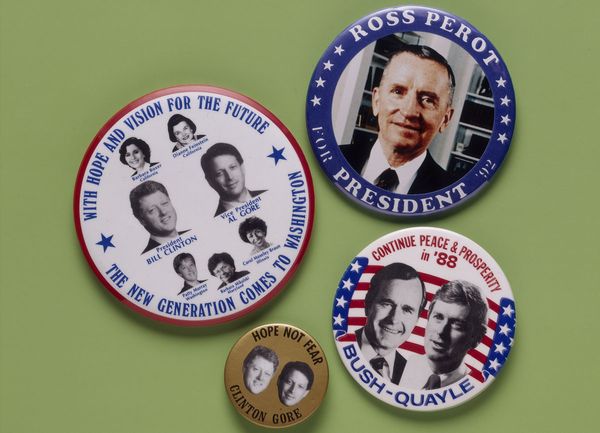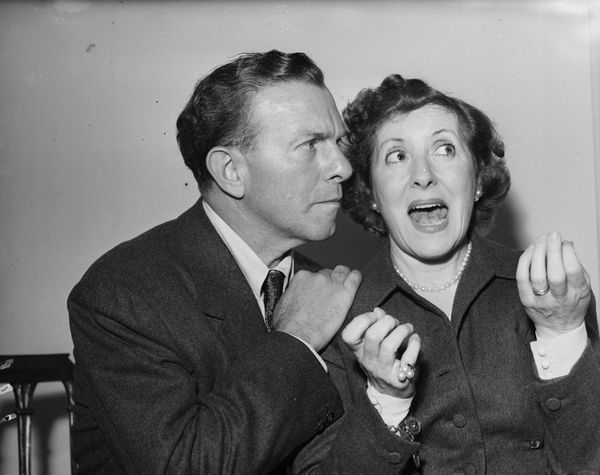
In early September, former Starbucks CEO Howard Schultz announced he would not be running as an independent for the 2020 presidential election. "Schultz's decision, after spending months away from public life because of health issues, will come as a relief to Democratic leaders, who feared an independent candidacy by a self-funded billionaire would hobble their eventual nominee," wrote The Washington Post. "Despite growing frustration with the country's politics, his aborted run serves as a cautionary tale about the resiliency of the country's two-party political system."
It sure does. In 2008 (and 2012 and 2016), former New York City mayor and fellow billionaire Michael Bloomberg also flirted with a White House run as a third-party candidate. Bloomberg ultimately concluded that third-party candidacies are a lost cause and put his money behind the Democrats.
Advertisement
But even if American voters are fed up with the two-party system — 68 percent said in 2018 the two major parties don't represent their views and that a third option is needed — could they ever actually agree on a candidate? And more importantly, is the U.S. electoral system engineered so that any presidential candidate without a D or R after their name doesn't stand a chance of being anything other than a spoiler (see Ralph Nader 2000)?

